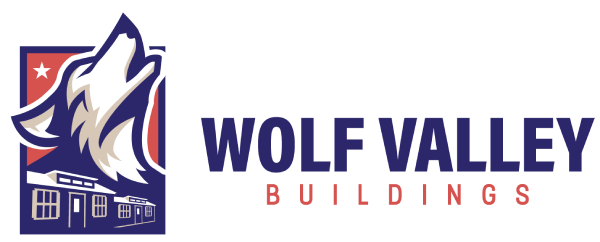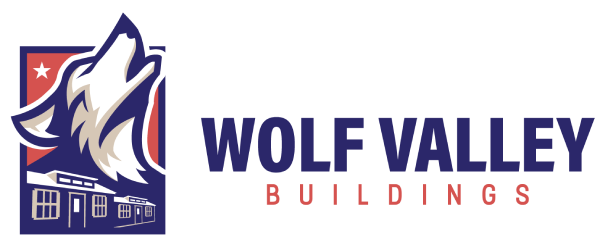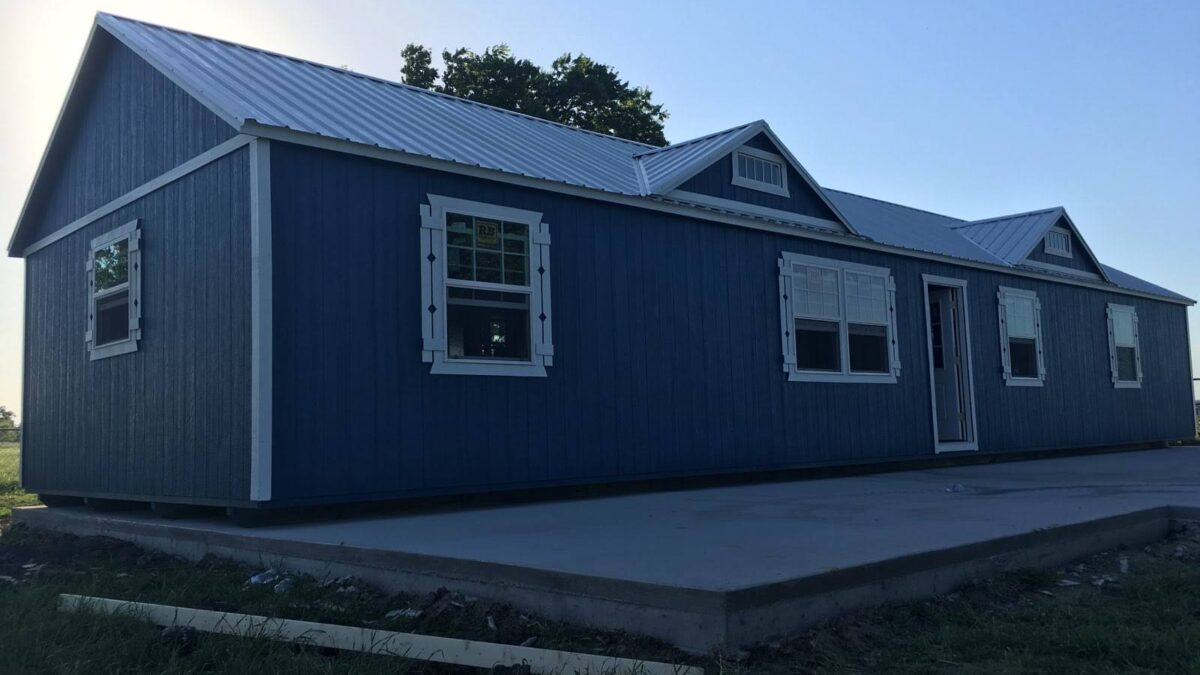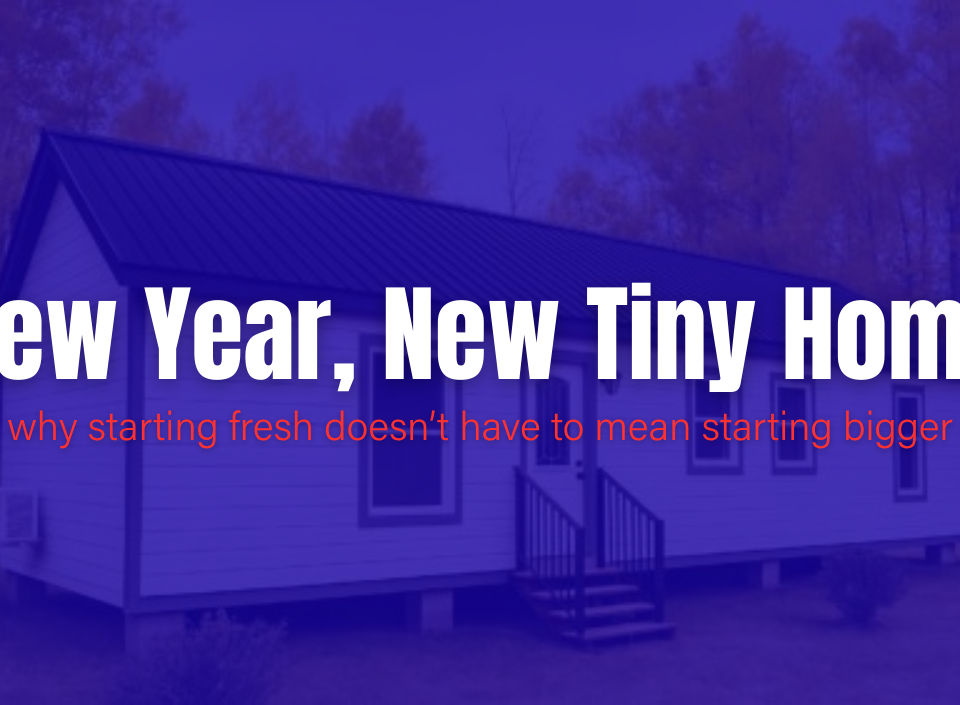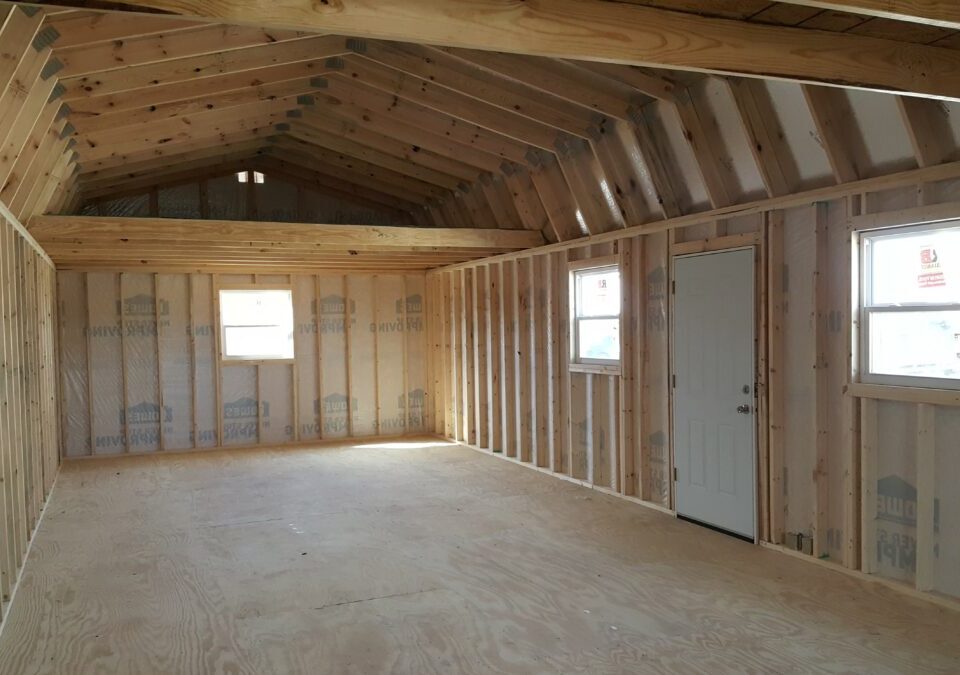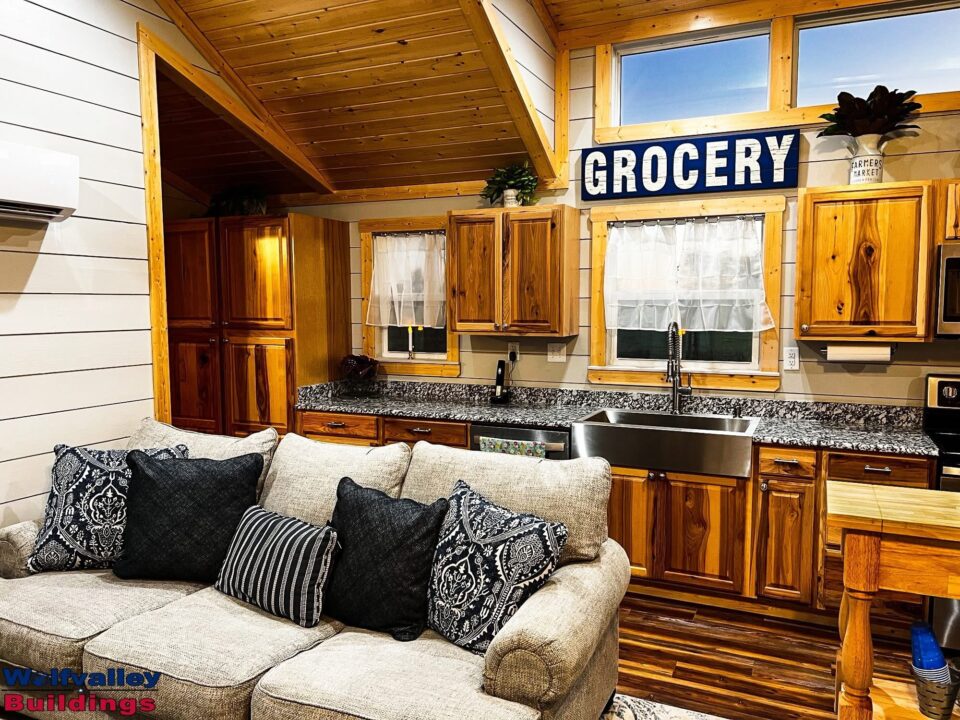
What to Know Before Buying a Tiny Home
July 26, 2025
How to Prepare Land for a Tiny Home Build
July 28, 2025📍 Where to Buy Land for a Tiny Home
If you’ve already picked out your floor plan and dreamed up your new life, you might be wondering where to buy land for a tiny home. For many buyers, this is the most confusing step. The land you choose will determine not only where your home goes—but also whether you’re allowed to live in it full time.
At Wolf Valley Buildings, we help buyers understand the land side of the process so they don’t end up with a dream home and nowhere to place it. Whether you’re building in the countryside or on a family property, here’s what to know when choosing land for your tiny home.
🏡 Where to Buy Land for a Tiny Home Legally
The most important thing to know about where to buy land for a tiny home is that not all land will work. Zoning laws vary by county and town, and each one sets its own rules about minimum house sizes, permanent foundations, and residential use.
Before you buy, contact the local county or city zoning office. Ask:
Is this parcel zoned for residential use?
What is the minimum required home size?
Do they allow pier and beam foundations?
Are there restrictions on alternative or small homes?
Some areas welcome tiny homes, while others only allow larger square footage or require special approval. Knowing the rules ahead of time will save you thousands in delays and red tape.
🗺️ Where You’ll Find the Most Flexible Land
Generally speaking, rural land gives you more freedom. Unrestricted or agricultural parcels are often the best places to buy land for a tiny home, because they tend to have fewer zoning restrictions and permit requirements.
Avoid subdivisions governed by HOAs or neighborhoods with covenants that may restrict nontraditional housing. Even if county rules allow it, an HOA can block your plans.
Also, check for access to utilities. Buying remote land with no road, no power, and no water may sound romantic—but it can dramatically raise your setup costs.
If possible, look for:
Driveway or access road already in place
Existing utility poles or nearby connection points
Previous use as a residential or farm property
Level, buildable terrain
These features will make your tiny home journey faster, easier, and more affordable.
🧱 Foundation Rules Still Apply
Because we only build permanent pier and beam homes, the land you buy must support a legal residential foundation. That’s a key reason why we advise every buyer to check local building codes before purchasing land.
Some counties may require a soil test, septic permit, or pad approval before construction can begin. That’s all normal. But it’s easier to handle when you’ve planned for it.
If you’re not sure where to begin, we can help you ask the right questions and avoid land that won’t work.
💧 Consider Utilities Before You Close
Another factor in deciding where to buy land for a tiny home is how you’ll handle water, sewer, and electricity.
Does the property already have a well or water tap?
Can you install a septic system, or will soil issues prevent it?
How far is the closest electric pole or connection point?
Even if the land looks perfect, lacking utilities can turn it into a long and expensive project. Make sure you understand what’s required to live on the land legally and comfortably.
🔍 Where to Start Your Land Search
Many of our clients work with local realtors who specialize in rural land. Others use land listing websites that let you filter by county, zoning, or acreage.
Some good places to begin:
Local Facebook real estate groups
County appraisal districts
Ask sellers directly if the property has residential zoning and if tiny homes are allowed. You don’t want to assume—get the facts in writing.
🛠️ Wolf Valley Can Help You Buy Smart
We build tiny homes, but we also help you avoid the land pitfalls that many buyers fall into. If you don’t know where to buy land for a tiny home, we’ll help you think through zoning, permits, and what kind of site will make your project smoother—not harder.
We’re not land brokers, but we’ve walked this road with hundreds of buyers. We’ll point you toward the right questions, the right layout, and the right timeline—so you can build without fear or delay.
🚀 Don’t Buy Land Blind
Before you buy land, bring your questions. Talk to your builder. Call the county. Confirm everything. Because a dream home means nothing if you can’t place it legally.
Knowing where to buy land for a tiny home could be the difference between a life of stress—and a life of freedom.
Internal Links:
Land Buying Checklist for Tiny Homes
Best Texas Tiny Home Properties to Build or Buy
